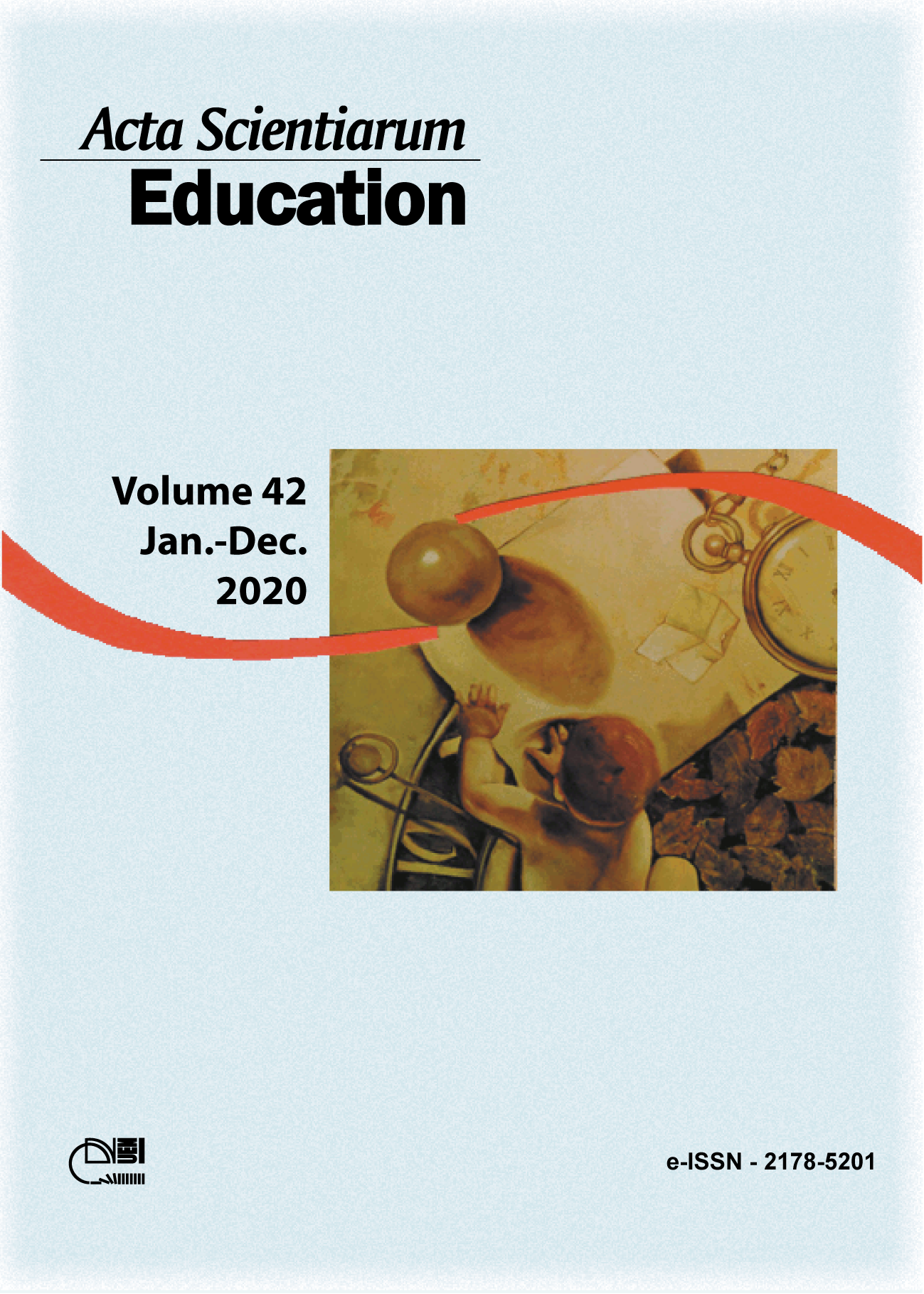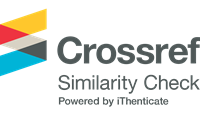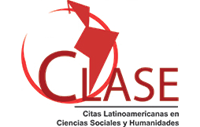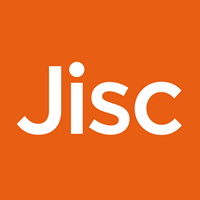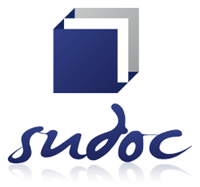Jean-Jacques Rousseau: educação para a tolerância religiosa
Resumo
Pesquisa teórica sobre Jean-Jacques Rousseau (1712-1778), cujo objetivo é demonstrar que suas ideias revelam-se profícuas no tocante à reflexão acerca da educação para a tolerância religiosa. A justificativa desta investigação sustenta-se pelo fato das religiões terem influenciado fortemente a maneira de pensar, de sentir e de agir de grandes parcelas da humanidade ao longo da sua história; embora não sendo, necessariamente, o seu propósito, inevitavelmente, as religiões acabam tornando-se pretextos para que alguns dos seus adeptos desenvolvam posturas intolerantes em relação a quem não partilha do seu conjunto de crenças. Em Emílio ou Da Educação (Rousseau, 2004), há um opúsculo (‘Profissão de fé do vigário Saboiano’); nele, discorre-se sobre dificuldades levantadas por concepções acerca da divindade e de alguns de seus correlatos; perante a indissolubilidade desses problemas, resta a prática da tolerância, cabendo aos indivíduos respeitarem-se mutuamente no que se refere ao que cada um no tocante à religião; o vigário Saboiano constitui a alegoria pela qual Rousseau exprime suas ideias acerca da tolerância em matéria religiosa. Eis a questão a ser respondida: Que proposições feitas pelo vigário Saboiano permitem apoiar a educação para a tolerância em questões de crenças, nas quais se fundamentam as religiões? Verificou-se que a educação baseada nessa profissão de fé propicia a tolerância religiosa, haja vista que confere a cada ser humano a liberdade da convicção interna quanto às crenças a serem aderidas, ao invés da imposição externa; o vigário Saboiano é a personificação do ponto de equilíbrio entre tais extremos, os quais, seja por falta, seja por excesso, não contribuem para o cultivo da espiritualidade pessoal, cujo âmago deve ser a consciência. Aquilo que alicerceia as crenças é a convicção que cada indivíduo delas carrega em seu foro íntimo, não sua coerção feita por autoridades laicas ou religiosas.
Downloads
This work is licensed under a Creative Commons Attribution 4.0 International License.
DECLARAÇÃO DE ORIGINALIDADE E DIREITOS AUTORAIS
Declaro que o presente artigo é original, não tendo sido submetido à publicação em qualquer outro periódico nacional ou internacional, quer seja em parte ou em sua totalidade.
Os direitos autorais pertencem exclusivamente aos autores. Os direitos de licenciamento utilizados pelo periódico é a licença Creative Commons Attribution 4.0 (CC BY 4.0): são permitidos o compartilhamento (cópia e distribuição do material em qualquer suporte ou formato) e adaptação (remix, transformação e criação de material a partir do conteúdo assim licenciado para quaisquer fins, inclusive comerciais).
Recomenda-se a leitura desse link para maiores informações sobre o tema: fornecimento de créditos e referências de forma correta, entre outros detalhes cruciais para uso adequado do material licenciado.



